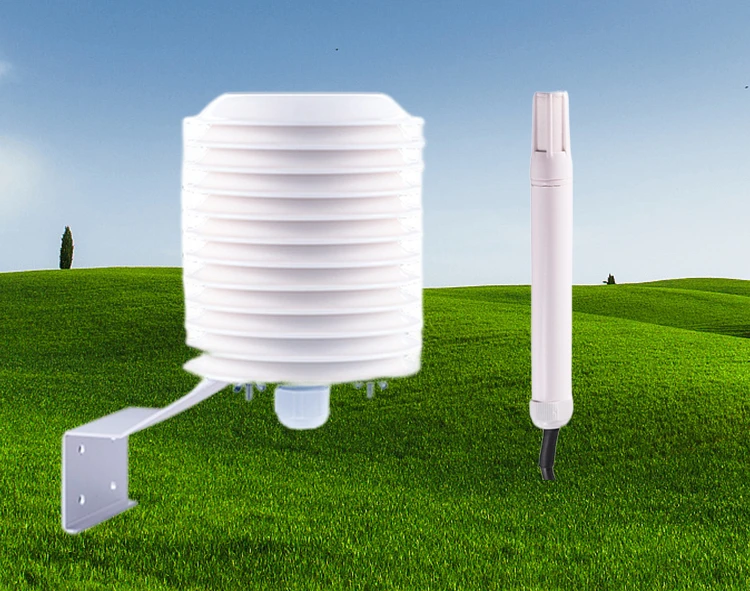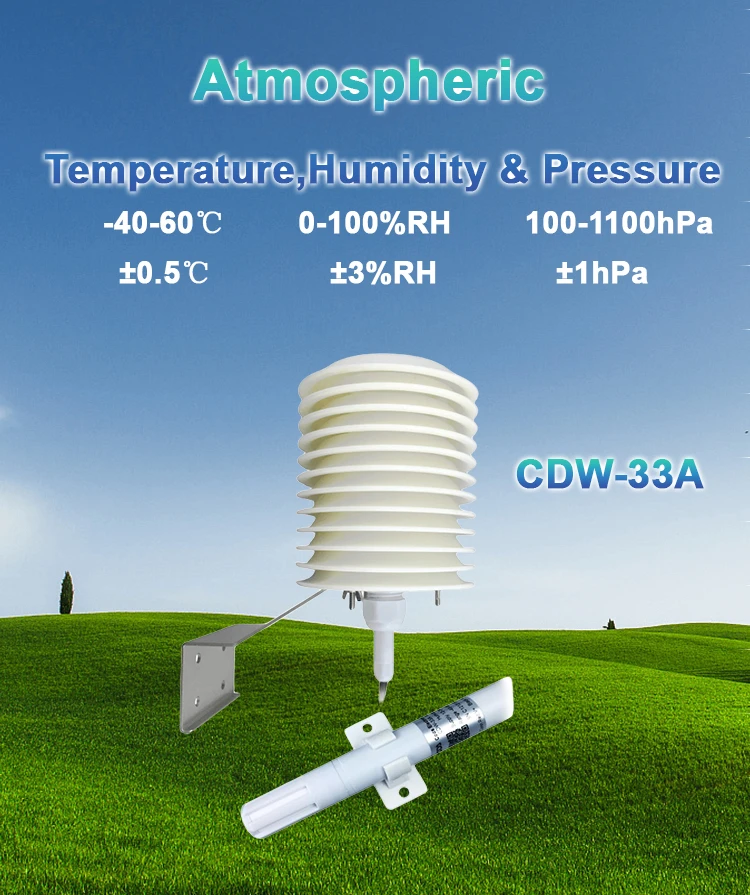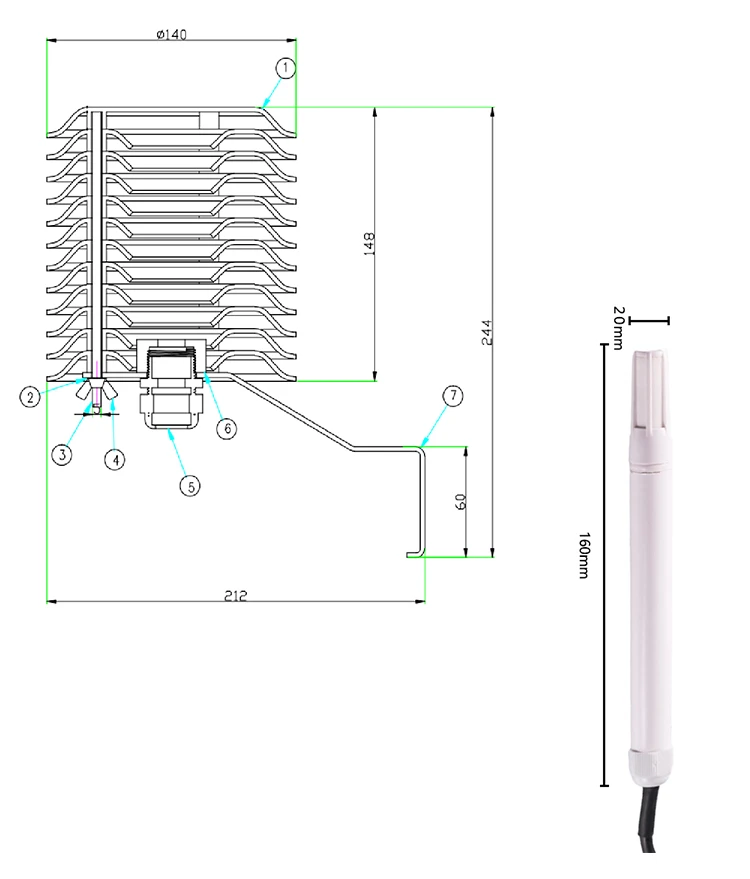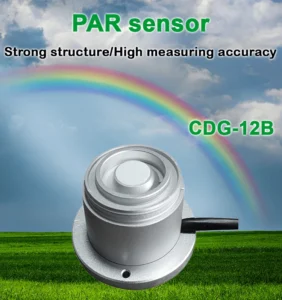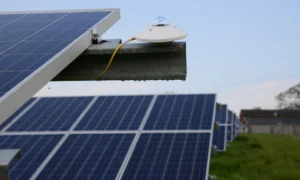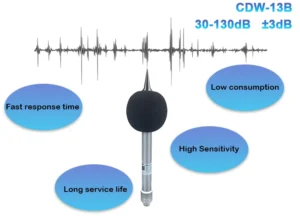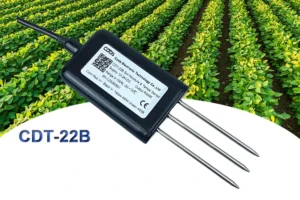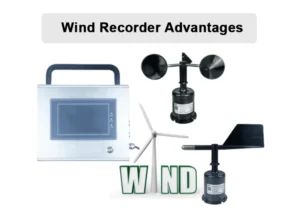Effects of Temperature and Humidity on Indoor Plant Well-being
Indoor gardening is becoming more popular. Many people want to bring the beauty of nature into their homes. From small potted plants to large arrangements, indoor plants add greenery and calmness. For these plants to thrive, it’s important to create an environment like their natural homes. Temperature and humidity are two key factors that affect plant health. This article explores how these factors impact indoor plants and offers tips for improving growing conditions.
The Importance of Temperature in Indoor Gardening
Temperature is very important for the health and growth of indoor plants. Most indoor plants thrive in temperatures between 65 and 75 degrees Fahrenheit during the day. At night, they like it a bit cooler. Sudden or extreme temperature changes can harm plants. This can lead to stress, leaf discoloration, drooping leaves, or even death.
Temperature and Photosynthesis
Temperature affects photosynthesis. This is how plants turn light into food. Warmer temperatures usually speed up photosynthesis and help plants grow. But too much heat can harm enzymes, disrupting this process and hurting plant growth. On the other hand, cooler temperatures slow down photosynthesis. This can lead to less energy and slower growth. Finding the right temperature balance helps plants photosynthesize better and stay healthy.
The Relationship Between Humidity and Indoor Plants
Humidity is the amount of moisture in the air. It is important for indoor plants. Indoor spaces usually have less humidity than outdoor areas. This happens because of heating systems and air conditioners. Dry air makes plants lose water faster. This is known as transpiration. It can lead to yellow leaves, wilting, or more pests.
Balancing Temperature and Humidity for Healthy Plants
Finding the right balance of temperature and humidity is important for healthy indoor plants. Most indoor plants thrive in temperatures between 65 and 75 degrees Fahrenheit. They also like humidity levels of 40% to 60%. Keeping these conditions steady can be hard in places where they often change. You can mist plants regularly, group them together, or use humidifiers to help maintain moisture levels.
How Temperature and Humidity Influence Plant Diseases
Temperature and humidity affect plant growth and disease risk. High heat and humidity can cause fungal and bacterial infections. These infections include root rot and powdery mildew. On the other hand, very low humidity can attract pests like spider mites. By watching and adjusting these two factors, gardeners can reduce disease risks and keep their plants healthy.
summary
Temperature and humidity are key to the health of indoor plants. Creating conditions like their natural environment helps them grow better and live longer. By observing their plants closely and making quick changes, indoor gardeners can support their growth. They can use methods like misting or adding humidity to improve the environment. Understanding how these factors work together helps plants thrive and makes homes feel like peaceful green spaces.
If you need expert help with environmental monitoring, Hunan Coda Electronic Tech Co., Ltd can help. This service goes beyond just indoor gardening. They have strong knowledge in systems and technology. Their management team makes any project more efficient. If you want to improve your setup or create new systems, Hunan Coda can help. They provide custom sensor solutions that can adapt to your needs. Contact Coda Sensors for more help!
Building consistency fosters trust and loyalty. Working with a company that supports growth and change leads to lasting success. This helps integrate sensors smoothly into your environment.
